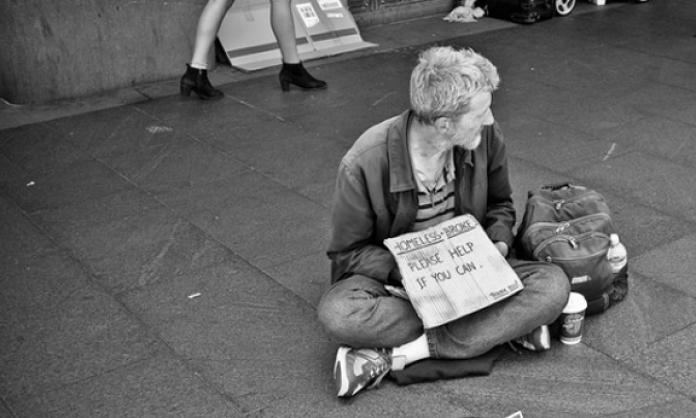A report published by the Australian Council of Trade Unions shows that class inequality in Australia is deeply entrenched.
The authors of “Inequality in Australia: an economic, social and political disaster” estimate that the top 20 percent of households “earn” just shy of 50 percent of total income. The bottom 20 percent scrape by on just 3 percent.
And inequality is growing: the income share of the top 10 percent has risen from one-quarter in 1981 to one-third in 2014. Far from being an egalitarian country, Australia has greater inequality than the average in other developed economies.
But incomes tell us only part of the story. Much more significant is the inequality in wealth. Here the difference between rich and poor is obscene. The top 20 percent hold 60 times as much wealth as the bottom 20 percent. They have 58 percent of total bank deposits. And they own 87 percent of stock market shares. The top 1 percent now own 23 percent of all wealth. Compare that to the meagre figure of 10 percent in the hands of the bottom half of the population.
Again, the situation is getting worse. In the decade from 2006 to 2016, the household wealth of the bottom 20 percent fell by 28 percent. The top 20 percent’s rose by 12 percent.
The wealth figures still give us only a partial picture. The super-rich routinely lie to the tax office about their income and assets: not a fib here and there, but systematically and by a huge amount.
The figures show us who gets the cream in Australia and who is left with the crumbs. But they tell us nothing about how these divisions came to be. Later in its report, the ACTU provides clues when it demonstrates the long term decline in the share of national income accruing to labour (wages and salaries) compared with capital (profits). The wages share is now at its lowest since 1960. The drop in the past two decades is on a par with the United States.
The division of national income between wages and profits is important because it shows that a gain for one is a loss for the other. And over the past three or four decades, our side has been losing: the bosses have been gaining at the expense of workers. How? Partly through outright criminality like wage theft – paying workers substantially less than their legal entitlements – and tax evasion. But there’s more to it than that.
The capitalists, those who own and control most of the economy, have been holding down wages. They have been getting rid of permanent staff and replacing them with labour-hire workers on worse pay and conditions. They have been sacking workers and getting those who remain to work longer hours, often unpaid overtime.
What it all boils down to is that they have been paying workers a smaller and smaller share of the wealth they produce every day and taking a bigger and bigger slice of it in the form of higher profits. In Marxist terms, they have been increasing the rate of exploitation.
And they’ve been getting away with it because the laws are stacked in their favour – how many bosses in hospitality or retail are ever prosecuted for ripping off their staff? – and because our unions have become so weak that many industries are now almost completely non-union.
It’s a class war out there, as these figures show. The Coalition government is proud to side with the bosses and does everything it can to enrich them. But the bosses have been winning the class war under both Liberal and ALP governments. The big slide in workers’ share of national income began under the Hawke and Keating Labor governments in the 1980s and 1990s and it remained flat under the Labor governments of Kevin Rudd and Julia Gillard more recently. Labor or Coalition, the bosses win.
Socialists, unlike the ALP, stand with and for the working class in our collective battle for justice against the bosses. We fight for strong and militant trade unions to win back our share of the pie, which has been stolen over many years. But ultimately, we want to win the class war once and for all – not just a bigger share of the pie but the whole bakery.









